A report by Manshi Asher and Sumit Mahar
Last month, on October 14th, around noon, there was a massive fish kill in the Sirsa River at Sitalpur, in Baddi, Solan district. Locals of the area who witnessed the event sent in these photographs and video of hundreds of dying rohu.
Photo and Video Credit: Pawan Bhardwaj, Baddi
Sirsa, a lifeline once, now spells doom
The Sirsa river in the Shiwalik foothills of Himachal, which flows into the Satluj, has been reduced to a drain carrying toxic industrial effluents of the Baddi Barotiwala Nalgarh Industrial hub, over the last ten years. The river has several villages located along its banks that have been impacted as a result of untreated effluents and toxic water being drained into it by more than 2000 industrial units in the region. The worst affected were the Gujjars, a pastoral community dependent on rearing cattle and buffaloes.
In a people’s public hearing conducted in April 2014 in Baddi several villagers from around the area gave written and oral testimonies on the severe health impacts on humans and livestock, especially skin allergies that have been on the rise. Livestock are forced to drink and bathe in the polluted water and graze on contaminated grass along the banks.
Common Effluent Treatment plant: Problem or Solution?
At the time of the above public hearing the Common Effluent Treatment Plant (CETP), which became operational in 2015, was still under construction and the affected people lived in the hope that it would provide them the much needed relief from the pollution in the river. Infact, it was the High Court of Himachal Pradesh that issued the order (CWPIL No.13/2006 dated 10/09/2010), that a CETP is to be established for Baddi & Barotiwala areas. On the directions of the State Government of Himachal Pradesh, a Special Purpose Vehicle with the name of “Baddi Infrastructure” was incorporated and authorized to set up the CETP at Baddi.
As per the Environment Clearance letter granted to the CETP in January 2013 the unit was to deal with 25 Million Litres of effluent per Day. At the time of the clearance as per the letter there were 1262 industrial units in the area. As per other reports the total number of units in Baddi Barotiwala Nalagarh Industrial Area are above 2000.
However in the last two years that the CETP has been running, it has faced multiple issues even as it struggles to operate.
Under-utilised Plant
In July 2016 a news report in the Tribune reported that the plant was treating less than 11 MLD effluent as against the 25 MLD that it was supposed to. Taking suo-moto cognizance of the news report the High Court of Himachal directed the state to come up with the status report as part of CWPIL 11/2016. In the affadavits filed in the case in October last year it became clear that only 42 industries had connected with CETP out of the 428 that were expected to connect. it must be noted that the number 482 is less than half of the number of units that the CETP was meant to cater to. Even in the interim order dated 6th October 2016, there is a mention of the confusion vis a vis the number of units operational in the industrial area.
It was after the High Court took up the matter that the State Pollution Control Board, which has failed to ensure compliance to environmental norms by individual units started moving on the matter and ensured that notices were issued to (386) units who were not connecting to the CETP. Following this over the year, tripartite agreements were signed with 294 Units for connecting to the CETP up until 29.3.2017. The court ordered for the disconnection of electricity and suspension of the consent to operate for those units who would not connect with the CETP. The High Court disposed off the matter on 14th November ’17 stating that “that the units that complied with the directions issued by this Court, its application shall be considered favorably and water & electricity connection restored”.
Non Compliance and Violations by the Plant
While the court case attempted to deal with taking action of non connected units, the issue of the CETP functioning stood largely ignored.The biggest question is that has the CETP been successful in treating the waste water that gets supplied to it via tankers and pipelines. We filed an RTI on 9 January 2017 with the Regional Pollution Control Board seeking monitoring reports for a period of one year (2015-16) and found that in the 21 samples that we studied we found that
- pH limits were in violation in 6 results.
- Total Suspended Solids (TSS) is in violation in 1 result.
- Total Dissolved Solids (TDS) limits were in violation in 6 results.
- Chlorides limits were in violation in 7 results.
- Oil &Grease limits were in violation in 1 result.
- Biological Oxygen Demand (BOD) and Chemical Oxygen Demand (COD) limits were in violation in 3 results each.
Villagers and residents have made several complaints of leakages in the CETP pipelines carrying effluents at various locations. Newspapers also reported these events and show cause notices were filed by the regional Pollution Control Board in April and December 2016 with regards to the same which found not just leakages in effluent pipelines as a problem but also violations like open dumping of untreated sludge and lead content in excess in water samples at one location. However, Baddi Infrastructure in response to the show cause notice on 9th December 2016 said that the leaked effluents were ‘not toxic’. The response (see image below) also skimmed over the other issues raised by the PCB and no further action seems to have been taken by the PCB in the matter.
Residents of Malpur village just downstream of the CETP, seem to have lost all hope as the units has not just failed to resolve the problem of the pollution in Sirsa but has worsened it to a large extent. Livelihoods and health of the pastoral communities (Gujjars) Malpur stand severely impacted by the CETP today. In a recent interview (11th October 2017) , Rafiq Chaudhary narrated the problems of water and noise pollution to the Himdhara Collective team, succinctly. Others in the village also corroborated his testimony.
Salim, 10 year old cross this effluent chocked Sirsa River everyday at Kenduwal.
The issues arising with the CETP plant at Baddi are not new or specific to this plant. Though there maybe several technical issues with this unit – for instance, the absence of an effluent recycling facility (so that the discharge into the river could be minimised), as had been strongly recommended by Ministry of Environment Expert committee to the project proponents – there are some fundamental problems related to failure of CETPs in industrial hubs in India.
If you mix it, you cannot fix it
Environmental groups had already raised several questions about the efficacy and ability of such a plant to deal with a wide range of effluents from aromatic, pharmaceutical, dying and other chemical units. In a submission to the Ministry of Environment in 2012 at the time that the plant was being considered for Environmental Clearance, a local citizens group, Him Parivesh and Himdhara Collective, had also raised many of the other issues that the plant is now facing, the biggest being that if the effluents are not treated at source then the CETP is unlikely to be able to handle them at the common unit leading to more pollution in Sirsa River and ground water.
Questions were also raised by this submission on the poor sludge management plan and the problem with using tankers for wastewater collection. The Environment Impact Assessment report of the CETP had failed to address these issues and despite this the unit was granted an Environment Clearance in January 2013.
Waste Management expert GAIA and former environment policy advisor Center for Technology and Policy, IIT, Madras, Dharmesh Shah gives us his take on the issue with CETP.
Video Credit: Shweta Narayan
Poor Regulation and Governance
The experience with the Baddi CETP raises the fundamental question – can a problem of policy and governance be solved by just bringing in a technological solution, in a vacuum? There are two major dimensions vis a vis this, that have not received the necessary attention. First, is the lack of will and capability of the monitoring and regulatory agencies like the Pollution Control Board to track violations and take punitive and legal actions on violators. And the second, is that of corporations trying to cut costs and evading investment on pollution control measures, technology, user fees. The latter came to light adequately in a matter that was being heard by the Supreme Court earlier this year in case filed by Paryavaran Suraksha Samiti (a Gujarat based environmental group) on the severity of problems due to untreated effluents and sewage.

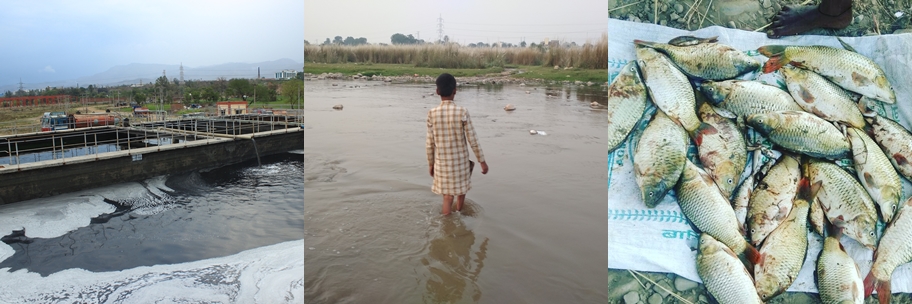
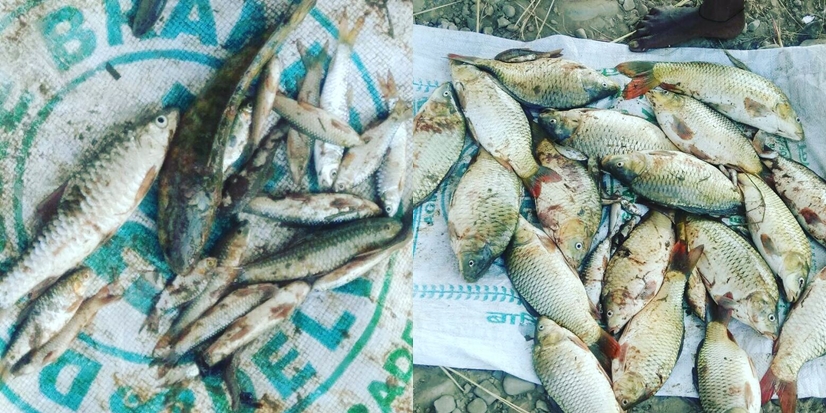
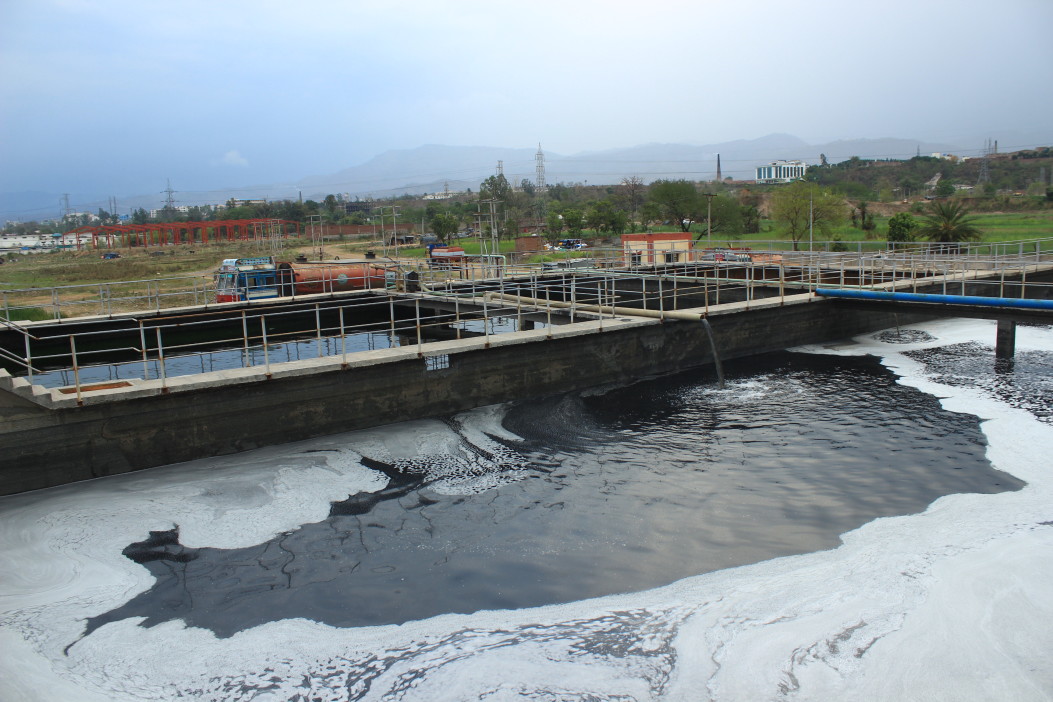
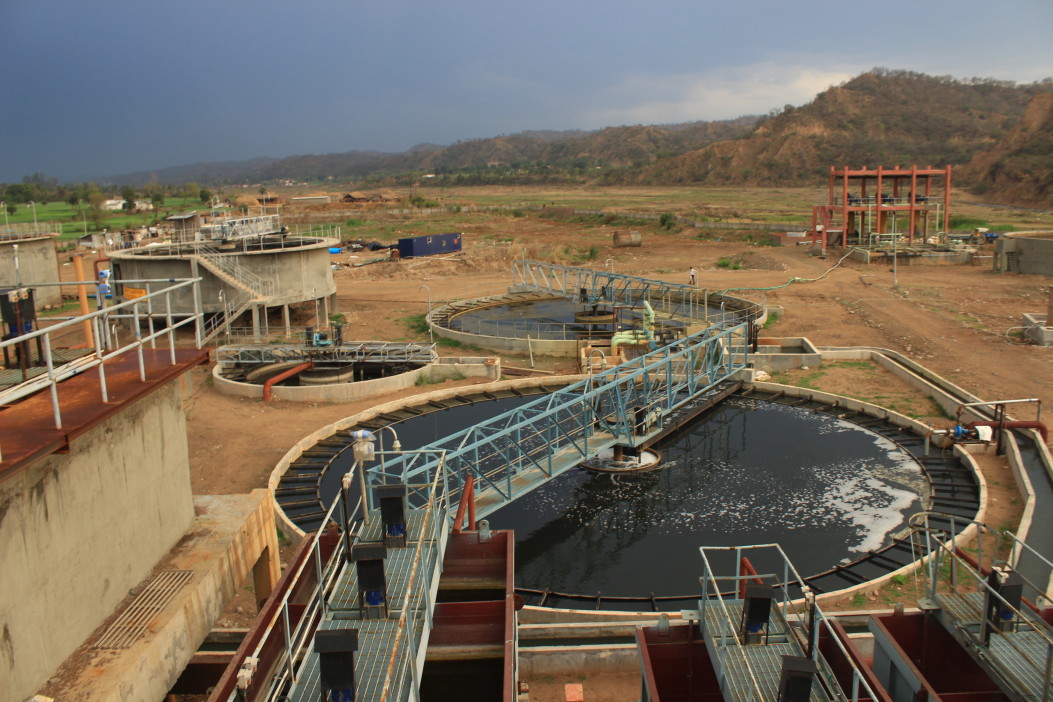
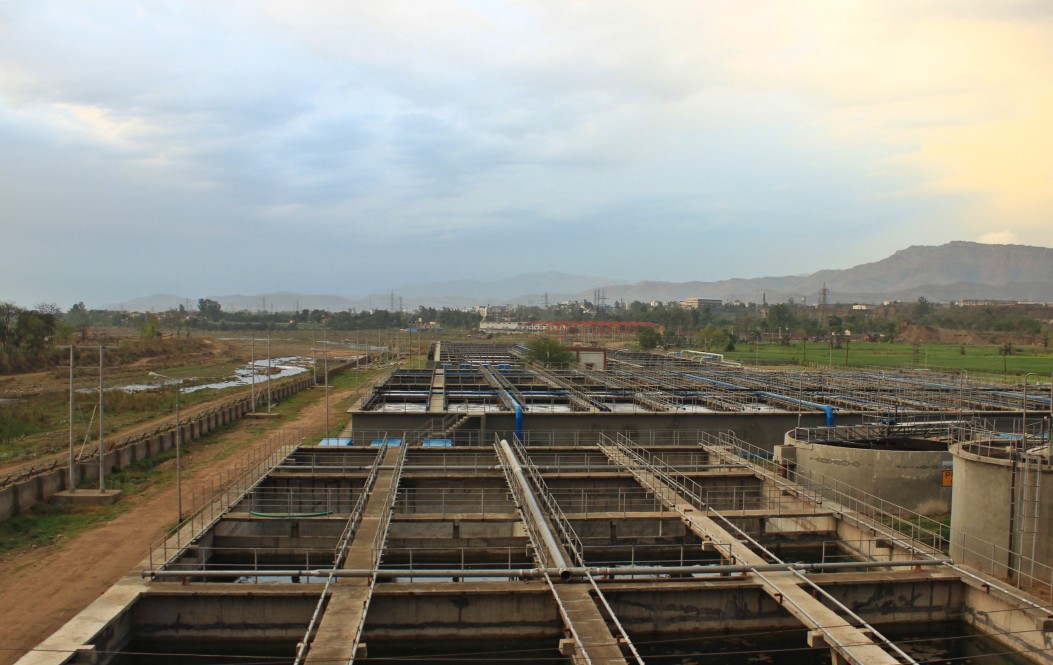






3 thoughts on “Common Effluent “ill-treatment” in World’s third largest pharma hub”
DRP News Bulletin 13 November 2017 (EAC Defers To Clear Pancheshwar Dam But Ignores People’s Voices) | SANDRP
(November 13, 2017 - 2:24 pm)[…] Common Effluent “ill-treatment” in World’s third largest pharma hub After a decade of witnessing toxic effluents choking the Sirsa, the residents on the banks of this […]
Failing CETP In Himachal’s Pharma Hub Poisons River Sirsa & Villagers’ Lives Non-Stop | SANDRP
(November 15, 2017 - 11:23 am)[…] Senior advocate Colin Gonsalves, appearing for the petitioner argued that lack of funds was one critical factor why these CETPs fell into disrepair over the years. (Source: Newsreports) To this the Chief Justice of India had responded that the users must be made to pay. But it is precisely the unwillingness of the industries to shell out the moolah and their refusal to be accountable that has led the problem to assume such grave proportions. In the Baddi, case too units are not connecting with the CETP to minimise the cost (fees required to be paid) Reference Down To Earth Report . That in the neo-liberal development model, profit is the central motive of private corporations, is well known. But that even the biggest of companies (all found in Baddi) who spend hugely on advertising to build their brand image have no concern what so over for the lives and health of the local population, is acutely problematic. The final verdict of the Supreme Court case was to get all CETPs, STPs and ETPs up and running in a period of three months and for SPCBs to initiate criminal action against violating units. This judgment was back in February 2017. Very little seems to have changed on the ground, so far. A report by Manshi Asher (manshi.asher@gmail.com) & Sumit Mahar (sumitmahar.12@gmail.com) of HIMDHARA Environment Research and Action Collective It was originally published on HIMDHARA website http://www.himdhara.org/2017/11/12/common-effluent-ill-treatment-in-worlds-third-largest-pharma-hub/ […]
DRP News Bulletin 20 November 2017 (GLOBAL SLOW DOWN IN HYDRO POWER PROJECTS) | SANDRP
(November 20, 2017 - 1:02 pm)[…] This report was originally published on HIMDHARA website http://www.himdhara.org/2017/11/12/common-effluent-ill-treatment-in-worlds-third-largest-pharma-hub/ […]
Comments are closed.